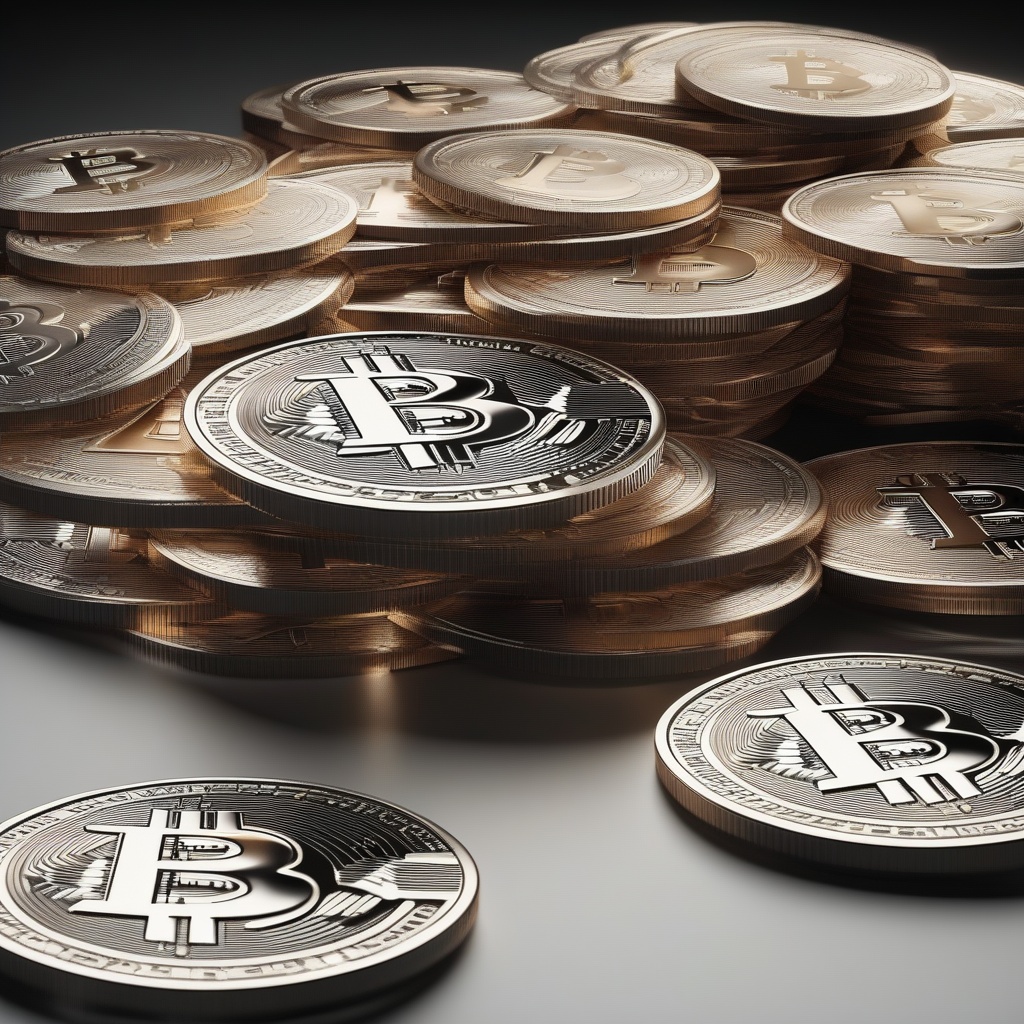So, I've heard a lot about Ledger hardware wallets being a secure way to store my cryptocurrency, but I'm still a bit wary. Can you really get scammed with a Ledger? I mean, isn't the whole point of a hardware wallet to keep your coins
SAFE from hackers and scammers? I've seen some horror stories online about people losing their funds, so I'm just wondering if there's anything I should be aware of before I invest in one. Can you shed some light on this for me?

5 answers
 Dario
Tue Sep 17 2024
Dario
Tue Sep 17 2024
The objective of this malicious act is to "poison" the user's account address, rendering it unusable for legitimate transactions. Once poisoned, the address becomes vulnerable to further attacks or exploitation.
 Federico
Tue Sep 17 2024
Federico
Tue Sep 17 2024
BTCC, a leading cryptocurrency exchange, offers a range of services designed to safeguard users against such scams. Its comprehensive suite includes spot trading, futures trading, and a secure wallet, all of which are equipped with advanced security features.
 SamuraiHonor
Tue Sep 17 2024
SamuraiHonor
Tue Sep 17 2024
Address poisoning is a cunning scam designed to deceive unsuspecting cryptocurrency users, even those who trust reputable platforms like Ledger. It operates by exploiting a vulnerability in the system, tricking victims into accepting seemingly harmless transactions.
 Enrico
Tue Sep 17 2024
Enrico
Tue Sep 17 2024
BTCC's wallet, for instance, employs robust security measures to protect users' funds. It incorporates multi-layer protection and regular audits to ensure that users' assets remain
SAFE and secure. Moreover, the exchange provides educational resources to help users identify and avoid scams like address poisoning.
 Tommaso
Tue Sep 17 2024
Tommaso
Tue Sep 17 2024
The attack commences when an attacker sends a victim a tiny fraction of a cryptocurrency, often USDT, MATIC, SOL, XTZ, or TRX. In some instances, they disguise the transaction as an NFT voucher, further misleading the receiver.

